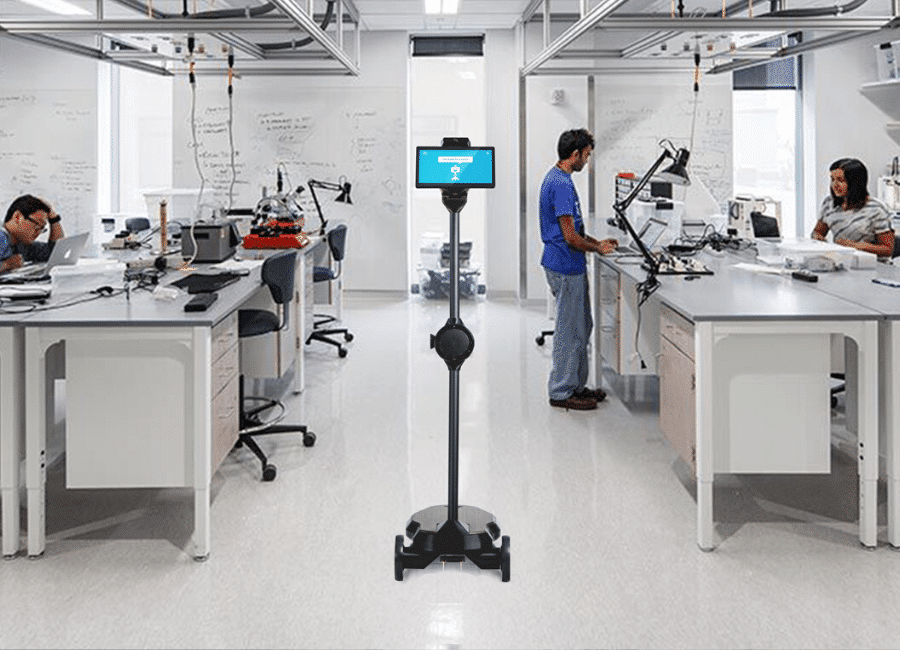In the age of technological innovations, the idea of telepresence robots emerged as an intriguing and exciting advancement. They have surpassed the boundaries of traditional technology, allowing people to physically be present in a remote location but never leaving their home space. Robotics’ convergence with communications technology has led to a brand new world of remote-based interaction. robotics that can telepresence act as avatars that bridge the gap between physical distances and human-to-human connections.
At the core of all telepresence robots are a sophisticated combination of software and hardware. These machines typically comprise a mobile base equipped with legs or wheels, a display screen or camera to transmit information in both audio and visual form as well as sensors that can be used to prevent obstacles as well as remote controls. The fusion of all these elements allows users to navigate and investigate distant locations while virtually inhabiting the robot’s view. By connecting to a secure Internet connection the user can easily manage the robot’s movement as well as view its surroundings in real time, and engage in meaningful conversations to people who are in the distant region.
Telepresence robots are playing an important role to play in the healthcare sector and their advantages extend to both medical healthcare professionals. Remote patient care is where robotics can allow doctors to remotely visit and evaluate patients, review medical records and talk about possible treatment options. This can be a significant improvement for people with less mobility or those living in rural areas and with restricted accessibility to healthcare services. Doctors are also using robotics that can perform surgeries from a distance, with potential to transform the practice of remote surgery.

The benefits of telepresence robot reach far beyond personal convenience it has a positive impact on numerous sectors. For instance, in the healthcare field the robots allow doctors to perform remote consultations, offering medical advice to those in remote regions. Patients are able to receive diagnostic and treatment guidelines without the need for travelling, which is revolutionizing how healthcare services are provided. In the field of education, telepresence robots allow students who are unable to attend class in person to be able to attend classes online, ensuring continued learning despite physical restrictions. The corporate landscape is also seeing a shift, as telepresence robots redefine remote work through physical presence in the office that encourages better collaboration and engagement with team members. To find supplementary information please visit https://boteyes.com/
Despite the potential and promise the telepresence robots can bring, they are not without their difficulties. Issues with connectivity could cause disruptions in communication, hindering the fluid experience these robots attempt to give. Security concerns are another issue because these machines could easily be abused for unauthorised surveillance, or even data breach. Also, the costs of acquiring and maintaining telepresence robots is prohibitive for numerous individuals and companies. As technology develops and makes it more affordable this issue is expected to be dealt with over time.
While the potential of telepresence robots is undoubtedly promising but there are many issues to be overcome before their mass use. The first concern is the security and privacy of the data transmitted through these robots, as they frequently connect to sensitive environments. There is also the need for more advancements in the field of navigation and mobility in order to ensure that robots using telepresence are able to smoothly navigate through difficult environment without fear of accidents.

